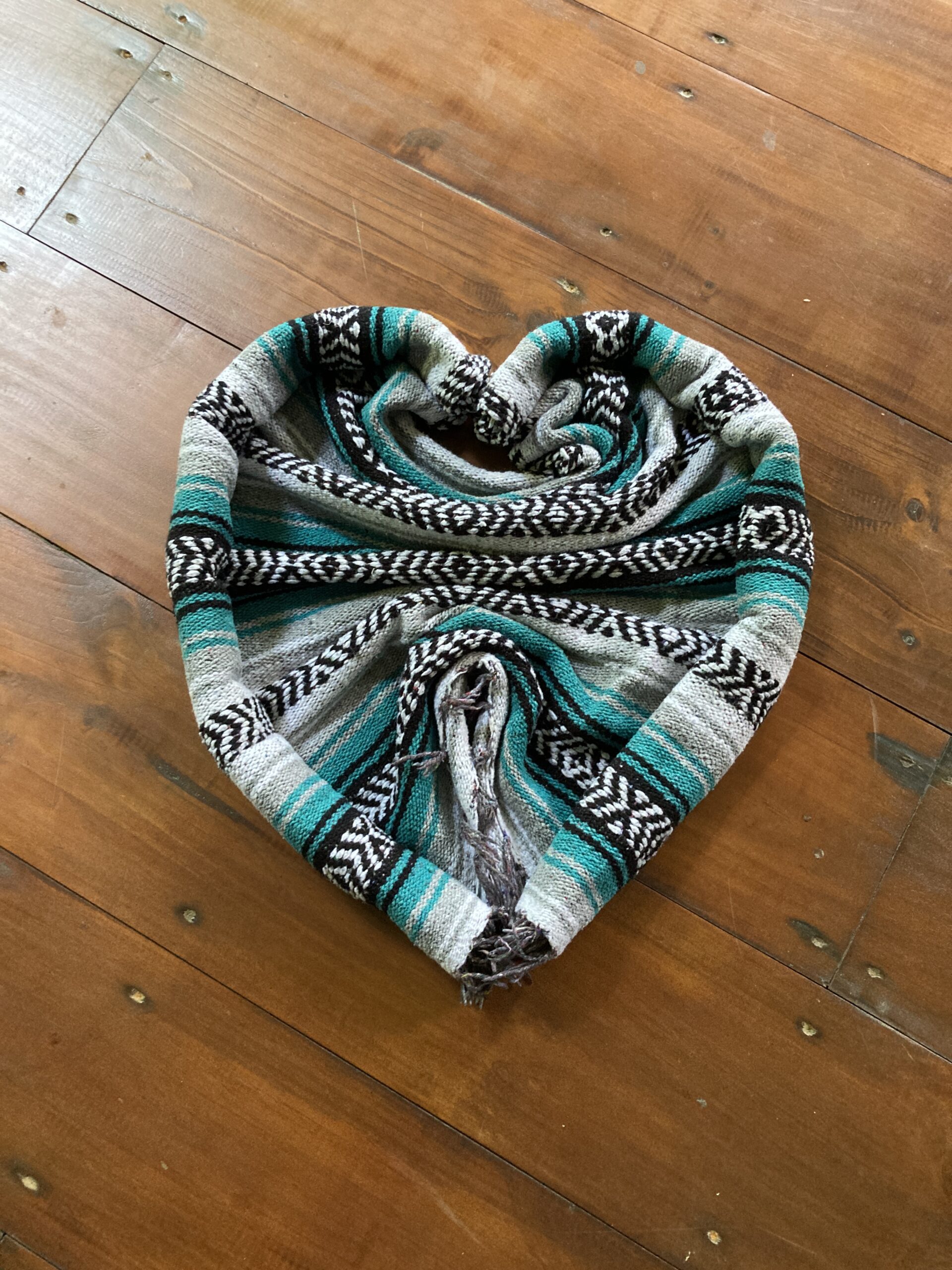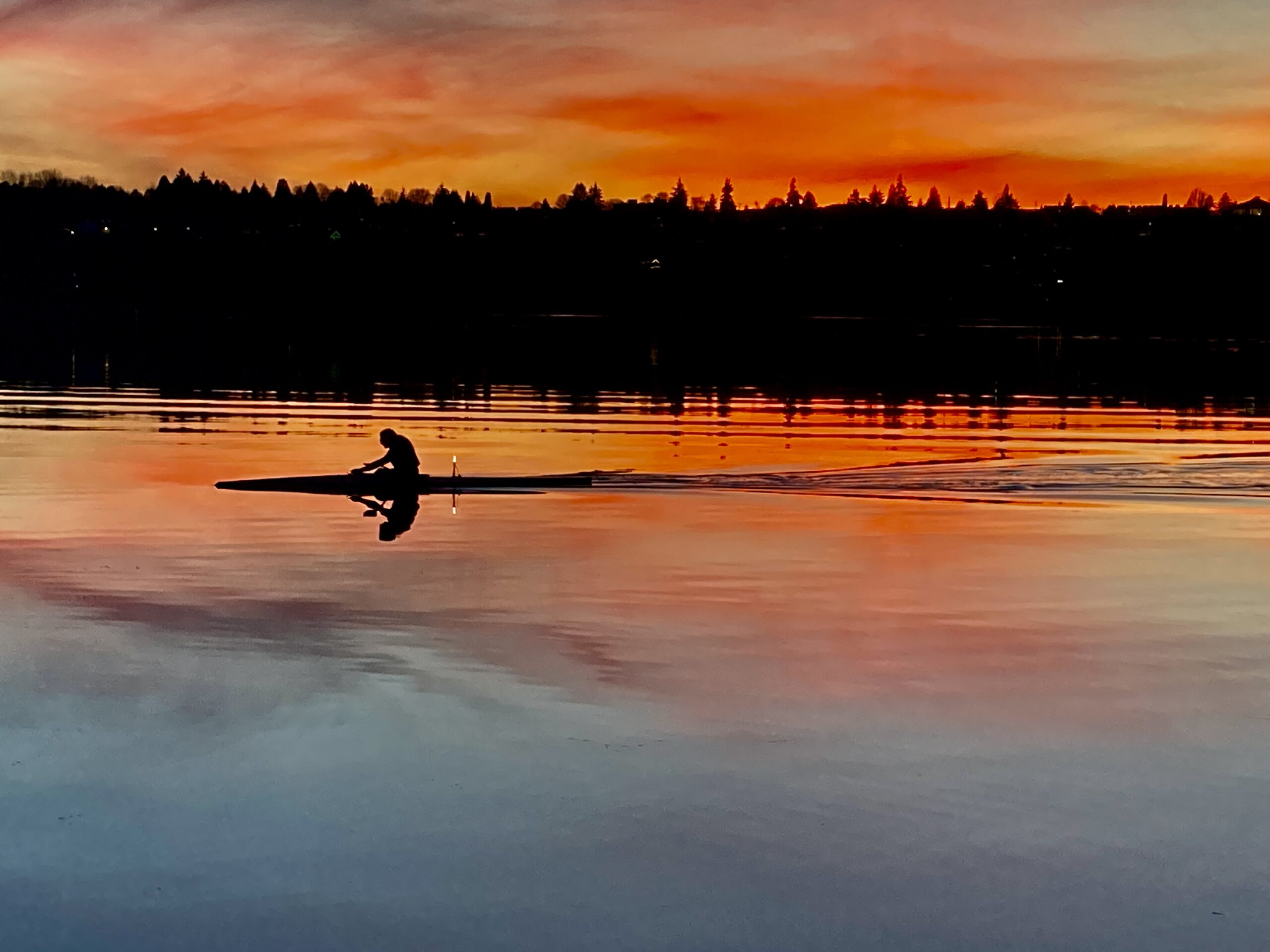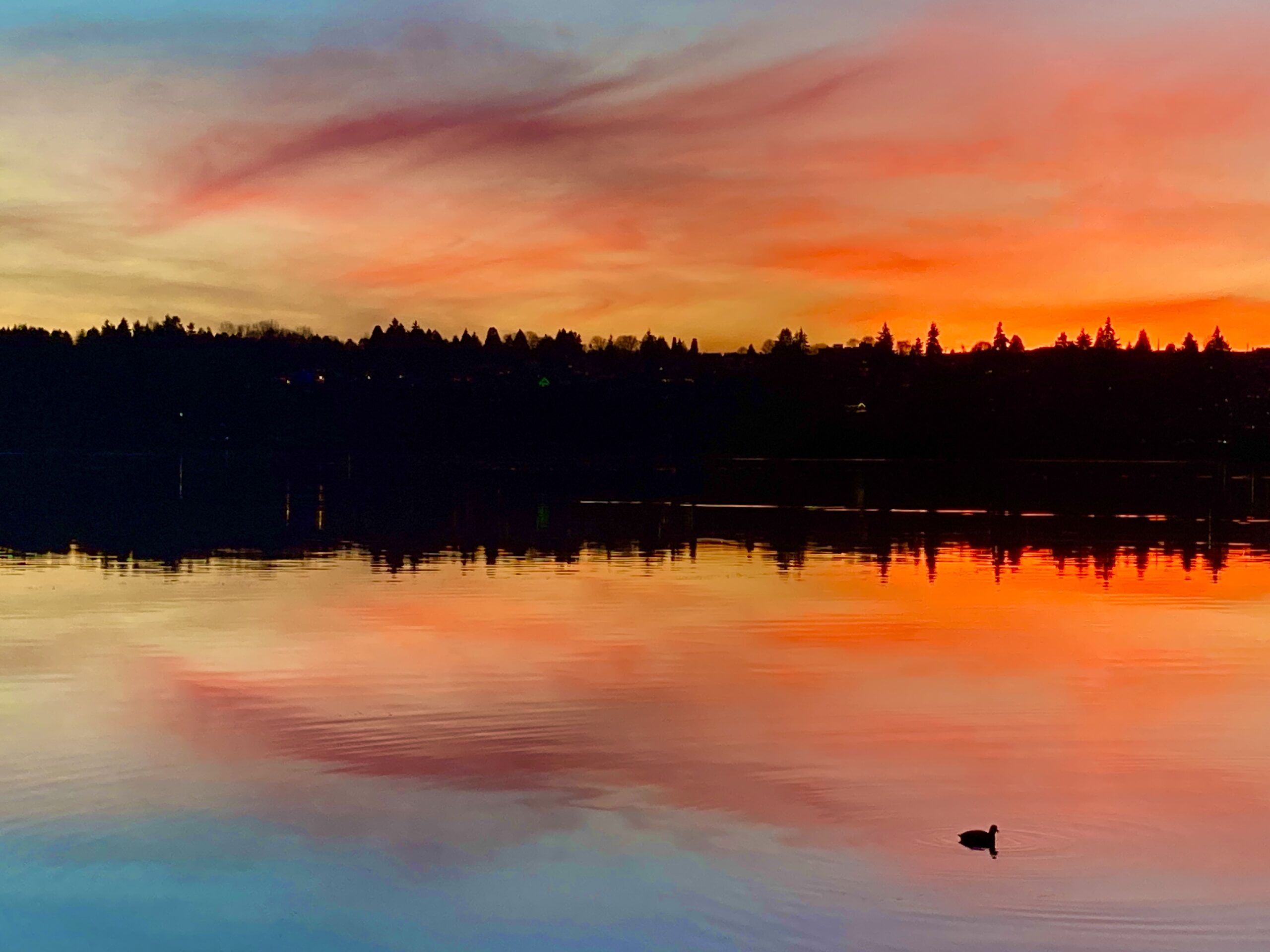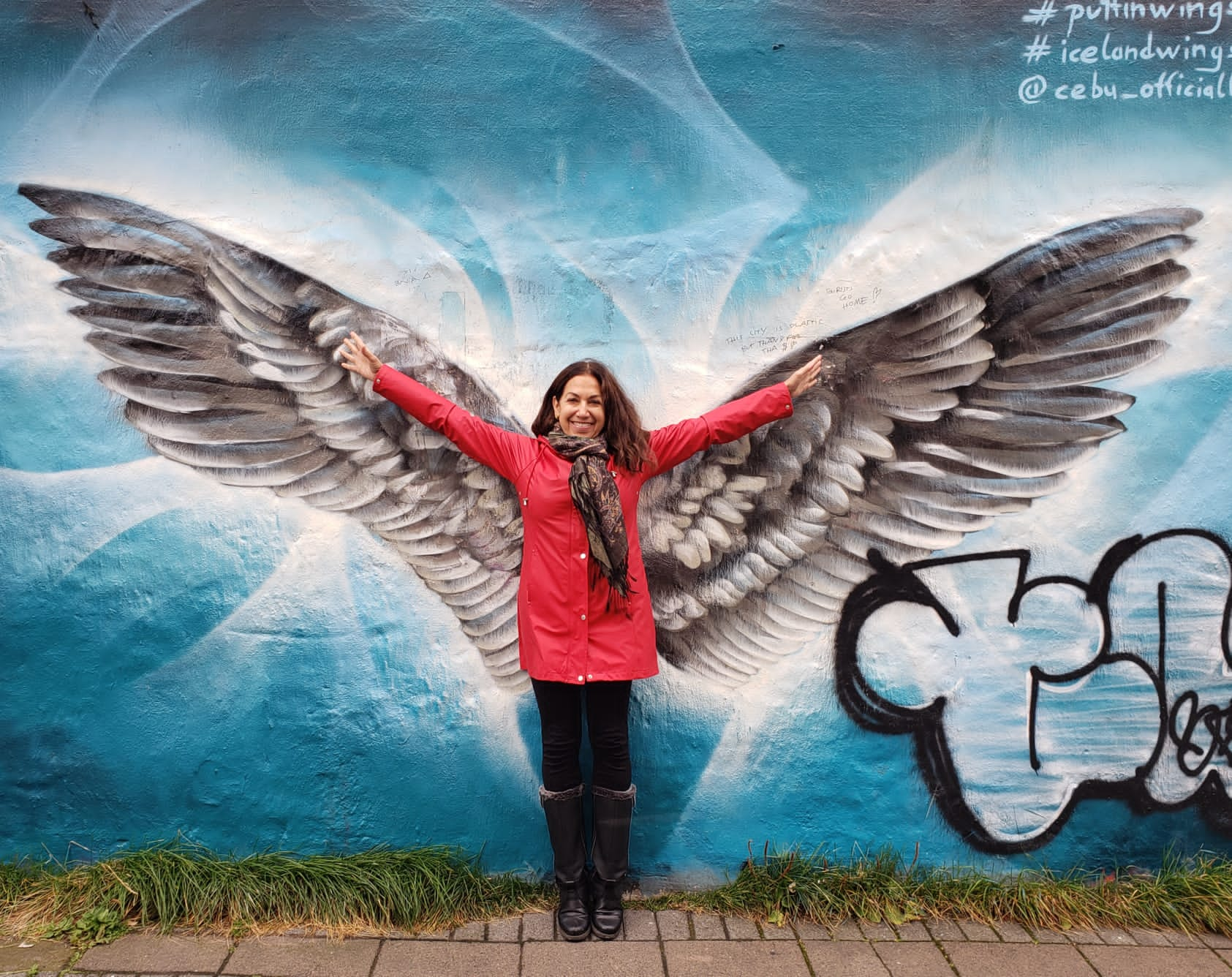This blog is an overview recap of the recent Tour of South India with Daily Yoga. Mostly, I have the group of tour participants in mind, as well as myself, as I write down all the significant places we saw and activities we took part in. We got back on Monday and I taught all week, so this is the first time I have had to really reminisce and savor various experiences. This weekend is a good time for me to process the enormity, depth, and importance of the trip. We did and saw so much as you can see from the list and photos below. I am sure I will have so much more to write about as the days go by. Slide show coming your way before the weekend is up.
Mumbai
- Two nights at Vivanta by Taj
- Yoga on the hotel rooftop with the honking of Mumbai vehicles in the distance below

Mumbai rooftop yoga
- Hanging Gardens The gardens are also known as Pherozeshah Mehta Gardens. Terraced gardens provide sunset views of the Arabian Sea and feature hedges carved into shapes of animals. The park dates back to 1881 and lies over Bombay’s main reservoir. Nearby are the Towers of Silence, the place where the Parsi people dispose of their dead. Whereas Muslims, Christians, and Jews bury their dead in India and Hindus, Buddhists, and Jains cremate their dead, the Parsi people place their dead at the tower’s top platform and allow the vultures to devour the corpse. Today, vultures are not doing their jobs as they did in the past because they are dying due to various diseases, so solar panels have been placed at the top of the tower to hasten the process of decomposition. Much to everyone’s relief, no one is allowed up on the tower (except when disposing of the corpse)! A note on the Parsi people and religion: The Parsi are also knows as the Zoroastrians, originating from Iran (where coincidentally -and not meant to confuse you-the language of Farsi is spoken). The Parsi/Zoroastrians began being persecuted by the Muslims invading Iran 1,400 years ago, so in 1672, India granted the Parsi people asylum in the state of Gujurat. Today, the largest community of Parsi live in Mumbai. They revere fire and earth and that is the reason why they do no cremate (fire) or bury (earth) their dead. At the time of asylum, the Parsi made a promise to the Indian government not to intermarry with others living in India. To this day, they have kept their promise. They live and marry among themselves. Needless to say, their population is dwindling quickly and very few Parsi still exist. Surprise yourself and click here to see some famous Parsis in India.
- Visited Chhatrapati Shivaji Train Station, formerly known as Victoria Terminus Train Station. photo below

- Mani Bhavan: The house where Mahatma Gandhi stayed during his visits to Mumbai. (see my previous blog post)
- Dhobi Ghat: This is a vast area where Mumbai’s “dirties” are scrubbed, bashed, dyed, and hung out to dry. (view blog post on this subject)
- Crawford Market: Colorful, lovely time with the vendors there! (some photos on a previous blog post)
- Visited the Taj Mahal Palace Hotel (see photo below on the grand staircase of the hotel)

- Dharavi: Slum/Under City (View blog post on this subject)
Aurangabad
- Three nights at Vivanta by Taj
- Yoga by the poolside

Yoga in Aurangabad
- UNESCO World Heritage Site: Ajanta Caves, caves cut into the crescent-shaped gorge date back to the 2nd century BC, Buddhist monastery caves that have magnificent murals, which narrate the story of Buddha. The caves have beautifully preserved mineral dye paintings which serve as a record of life in ancient India.

Cave painting at Ajanta

- UNESCO World Heritage Site: Ellora Caves. These monolithic caves include the impressive Kailasa Temple, carved out from the 5th-8th Century AD

Ellora grandness
- Celebration of Holi

Putting colors on each other! Celebrated since ancient times, Holi celebrates the destruction of evil, the triumph of good. Holi welcomes spring and celebrates love.
Mamallapuram/Mahabalipuram
- Two nights at the Radisson Resort Temple Bay
- Yoga in the pool and yoga on the beach with strolling cows and friendly stray beach dogs
It was so hot that we did water yoga! So fun. I think Kelley took a video of us doing water yoga, but have not seen the video!
Another view of the pool and hotel grounds (Jodi’s photo)
Yoga at Sunrise on the beach at Mahaballipuram
Complete with friendly dogs and strolling cows (can see the cows in the background)
- The 7th Century AD Shore Temple. It is one of the oldest stone structural temples in India (cut/quarried stone)
- Shiva’s Butterball (giant stone) and surrounding stone temples
Shiva loved butter…here you have the world’s largest butterball
- Bas-Relief of Arjuna’s Penance: This is the largest monolithic bas-relief in the world!
Bas-relief
Pondicherry
- one night at Le Pondy
- Yoga in a second level covered pavilion overlooking the gardens of the hotel
Nancy journals before the start of our morning yoga session in Pondicherry
- Visited the Salt Mines en route to this destination (see previous blog post)
- Auroville (mentioned in a previous blog post)
- Walked the esplanade (waterfront), visited the main church, viewed colonial architecture, shopped in French quarter, temple elephant blessing
Thanjavur
- one night at Thanjore Hi (This is a small heritage hotel that used to board the dancing temple girls.)
- Yoga was upstairs at the enclosed rooftop, near the dining area, overlooking the authentic temple town below.
Window art in the yoga space upstairs
- Monumental Bull Temple with our lively guide, Mr. Raja (see below). The Bull Temple is also knows as Brihadeeshwara and it is capped with an 80-ton monolithic cupola. Hundreds of elephants and man power traveled up a very long-planked inclined road built expressly for bringing in the heavy cupola. Built in 1010 AD by the Chola dynasty, who ruled between the 9th and 13th centuries AD.
You can barely see the 80-ton monolithic stone cupola at the top of this Brihadeeshwara Temple (also knows as Bull Temple). The inclined road built to manually place it atop the temple via men and elephants must have been enormous, sturdy, and long to have a safe incline.
- Bronze collection of sculptures at the temple museum (see below)
Dancing Shiva bronze sculpture in the museum. Mr. Raja had us imitate Shiva’s dance.
Trichy
- temple town visited en route to Madurai
- Rock Fort and Temple called Ganapati and Shiva Temple at the very top of a rock mountain. We climbed 434 very hot carved-in-the-stone-mountain-steps to get to the top of this temple. (see below)
Madurai
- two nights at the Taj Gateway Hotel (heritage hotel)
- “Peacock” Yoga at the poolside
Setting up for the early morning yoga session
The hotel sits up high overlooking the colorful city below and the mountains.
Warriors we are!
India’s national bird, wild peacocks were plentiful on the hotel grounds at Madurai, which sits up on a forested hill.
- Visited the 1000 year old Meenakshi Temple, one of India’s largest pilgrimage sites with 12 towering gopuram (monumental towers at the entrance of South India temples). During the day we attended a ritual where the women were praying for their husbands’ health. We joined them in prayer. We entered a carved-out enormous monolithic cave temple with 1000 columns/pillars elaborately carved from existing granite. We admired the ceiling art/paintings.
Praying for husband’s health
Gopuram at the Meenakshi Temple
- Tirumala Nayak Palace, built in the 14th century by the Nayak family. Complete with a dancing hall and built with Italian, Chinese, and Moghul architectural styles all blended together (because the family liked to travel and admired these three styles of buildings seen on their travels).
Roman, Chinese, and Mogul architectural styles blend together in this palace
- Evening Aarti (Hindu ritual ceremony) at the Meenakshi Temple to celebrate the nightly ritual in which the god Shiva goes to his wife Parvati for the night.
Periyar National Park, India’s earliest sanctuary
- one night at The Elephant Court
- Afternoon Boat Ride on Periyar Lake where we saw a herd of wild Asian elephants come to the lake to drink and feed
- Spice Plantation visit
- Early morning three-hour Forest Trek where once again we saw tribal fishermen and women, more elephants, a family wild boar, bison, deer and antelope, beautiful birds, a giant squirrel, birds, otters, and many monkeys! In the company of three guides/naturalists.
Periyar Trekking grounds (surrounded by and in the guarded company of three naturalist guides).
Kumarakom, Houseboat in Kerala
- one night on a houseboat
- yoga on the houseboat
Houseboat yoga in Kerala!
- cruise and canoe along the backwater of Kerala, watching Kerala’s rural lifestyle. Coconuts, cashew nuts, pepper, delicious fish.
Canoe along the backwaters
Cochin
- two nights at the Gateway Hotel
- yoga
- Attended a cooking school with Maria. Later her husband George sang for us as we ate dinner together. Wonderful experience! Did some shopping in this area of Cochin known as Fort Cochin
Cooking school with Maria in Kochi (photo by Jodi)
- Went to the harbor and watched the local fishermen bring in the Chinese fishing nets. Some people in our group got to haul the nets in, too!
Chinese fishing nets
- Visited India’s oldest Jewish synagogue in the Jewish settlement called Jew Town. Very interesting.
Jewish settlement in Kochi, South India
- Attended the 400 year-old classical dance performance called Kathakali. Absolutely fascinating!
I love this travel group so much and already miss them and our travel and yoga experiences together!




































great blog ! makes me miss India but now eating some very plain food for a while !!